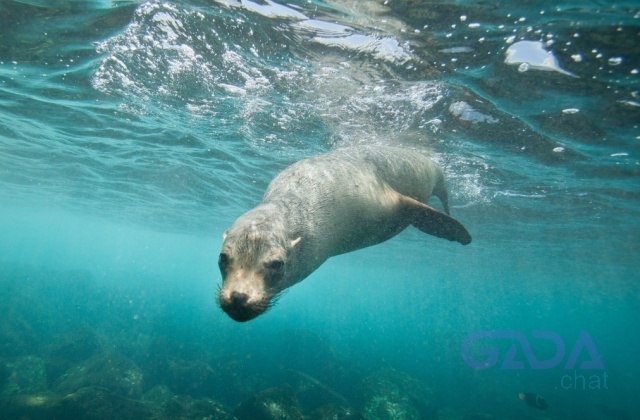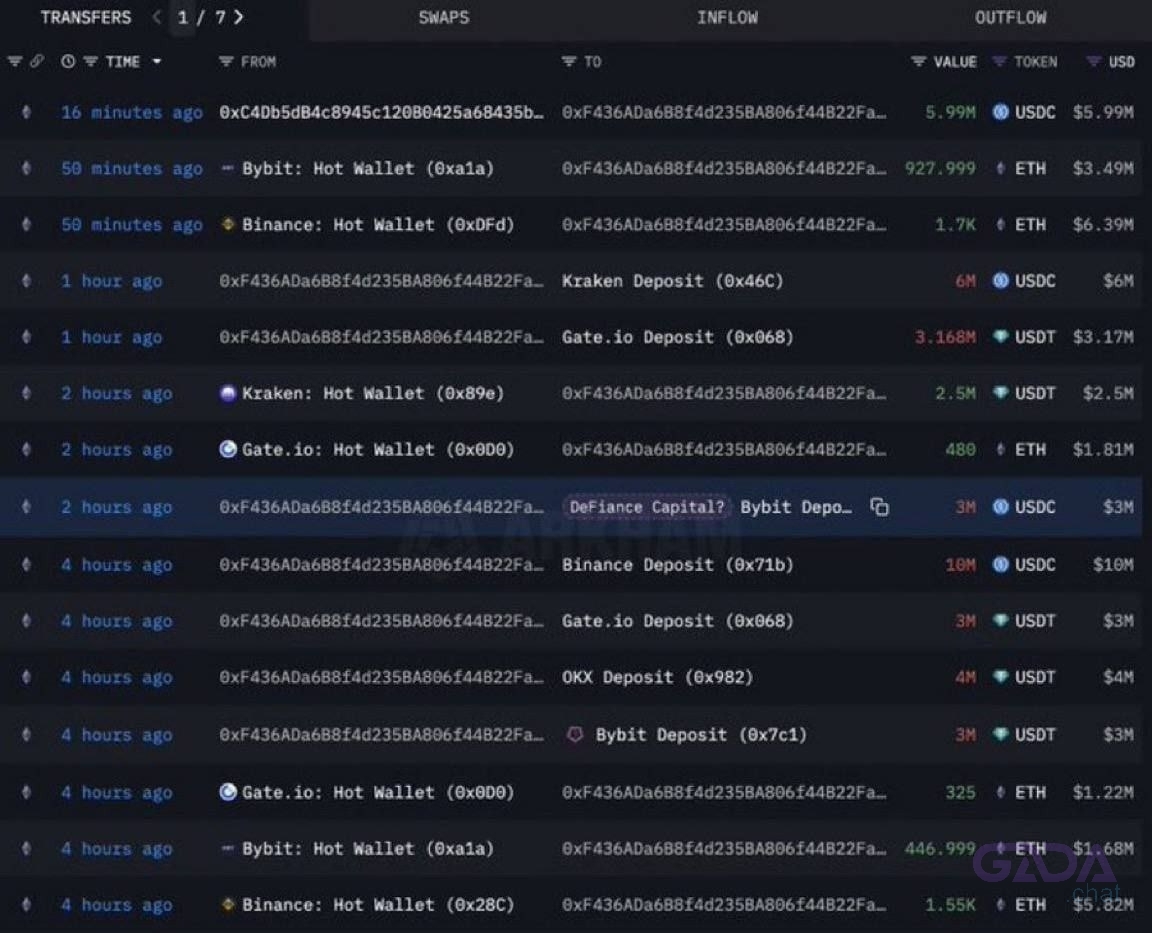Sea lions mapped unexplored areas of the ocean
The study involved wild Australian sea lions of the species Neophoca cinerea. These animals spend much of their time on the ocean floor, foraging for food on the continental shelf. Researchers attached sensors to neoprene plates on the backs of eight adult females from the two largest colonies of Australian sea lions. The GPS trackers, cameras, and motion sensors were small and lightweight — all equipment weighing less than 1% of the animals' body weight.
The sea lions recorded 89 hours of video across six different types of seafloor — from bare sand to kelp forests. The data were used to predict and map the seafloor in adjacent areas using a machine learning model, which achieved 98% accuracy. Understanding the seafloor structure is important for many reasons, including conservation of rare species, navigation, and tsunami prediction.
Sea lions mapped unexplored areas of the ocean 🌊🦭
The study involved wild Australian sea lions of the species Neophoca cinerea. These animals spend much of their time on the ocean floor, foraging for food on the continental shelf. Researchers attached sensors to neoprene plates on the backs of eight adult females from the two largest colonies of Australian sea lions. The GPS trackers, cameras, and motion sensors were small and lightweight — all equipment weighing less than 1% of the animals' body weight.
The sea lions recorded 89 hours of video across six different types of seafloor — from bare sand to kelp forests. The data were used to predict and map the seafloor in adjacent areas using a machine learning model, which achieved 98% accuracy. Understanding the seafloor structure is important for many reasons, including conservation of rare species, navigation, and tsunami prediction. 🌊📉










































